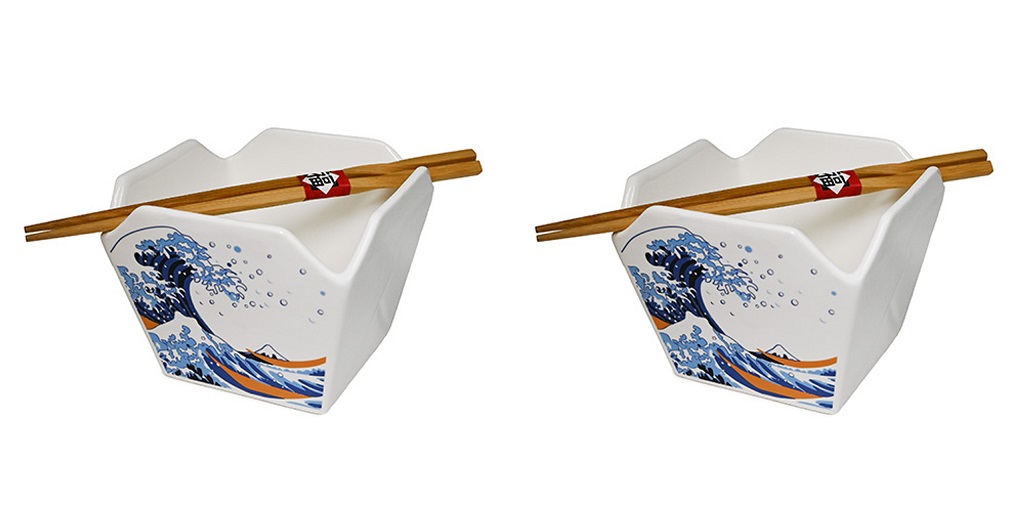
Few works of art hold the power to translate philosophy like the woodblock prints of Katsushika Hokusai visually. While best known for The Great Wave off Kanagawa, Hokusai’s broader body of work—especially his waterfall prints—offers deeper insight into traditional Japanese views on nature, impermanence, and spiritual presence. These aren’t just beautiful Hokusai prints. They’re quiet yet profound reflections of cultural values rooted in Zen and Shinto thinking.
Nature as a Spiritual Force in “Falling Mist Waterfall at Mount Kurokami”
Hokusai’s Falling Mist Waterfall at Mount Kurokami offers more than a study in motion. It centers water as a commanding natural presence, cascading over rock in a manner that evokes both serenity and reverence.
In traditional Japanese beliefs, waterfalls often represent spiritual power—known as “kami”—residing in the natural world. They aren’t merely scenic. They are alive, conscious, and worthy of respect.
This print doesn’t feature a grand narrative or human figure taking center stage. Instead, the landscape itself becomes the subject, inviting viewers to contemplate its force. Hokusai’s attention to the specific formation of rocks and the misty atmosphere elevates the moment into something sacred, mirroring how Shinto regards natural sites as spiritual dwellings.
Reading Movement and Stillness in “The Great Wave”
Perhaps no image captures motion and pause simultaneously as elegantly as The Great Wave off Kanagawa. The cresting wave threatens to crash upon fragile boats while Mount Fuji: small but immovable, sits calmly in the background. This tension between chaos and calm reflects the philosophical balance between activity and stillness found in Zen thought.
Here, water is both destructive and beautiful. It suggests the unpredictable nature of life, yet invites acceptance rather than resistance. Observers are left with a choice: fear the wave, or see its beauty in motion. For many, this mirrors mindfulness practices, embracing each moment, turbulent or still, without judgment.
The Influence of Zen on Ukiyo-e Artists
Ukiyo-e artists like Hokusai were deeply shaped by Zen principles, even if indirectly. Zen Buddhism emphasizes simplicity, direct experience, and the present moment. These ideas influenced the visual economy of Japanese prints: bold lines, limited color palettes, and asymmetrical compositions that create openness instead of visual overload.
Rather than striving for perfect realism, Hokusai’s work seeks clarity and essence. His treatment of water—be it a crashing wave or a tumbling waterfall—is never just representational. It’s a metaphor for life’s continuous flow, aligned with Zen’s central lesson that everything changes and nothing remains fixed.
In this way, Hokusai’s prints are more than artistic expressions, they’re visual meditations.
Why Water Symbolism Remains Relevant in Today’s Fast World
In modern life, where speed often replaces stillness, water imagery from artists like Hokusai serves as a counterbalance. Water flows around obstacles, adapts to its environment, and changes form, qualities that resonate strongly with those seeking calm and flexibility amid daily pressures.
Art inspired by these themes, such as MFA Boston Shop’s “Falling Mist Waterfall at Mount Kurokami” or “The Great Wave”, offers more than visual appeal. These prints create reflective spaces at home or in the office, quiet reminders of movement, breath, and rhythm.
Their message is simple yet timeless: slow down. Let things flow.
Honoring Impermanence Through Japanese Landscape Art
A key concept in Japanese aesthetics is mujō, impermanence. Hokusai understood this well. His recurring water themes acknowledge the shifting nature of life, whether through the rising swell of a wave or the dissolving mist of a waterfall. There’s no attempt to freeze time or deny change. Instead, he captures fleeting beauty with care and clarity.
This respect for impermanence aligns with wabi-sabi, a worldview that finds value in the incomplete, impermanent, and imperfect. Through Hokusai’s lens, we’re not meant to dominate nature but to observe, respect, and live in step with it.
Those interested in reflecting this sense of stillness and movement within their own space will find carefully curated pieces at the Museum of Fine Arts, Boston’s museum shop. These Hokusai prints aren’t just decorative, they’re a chance to bring mindfulness into the everyday.


